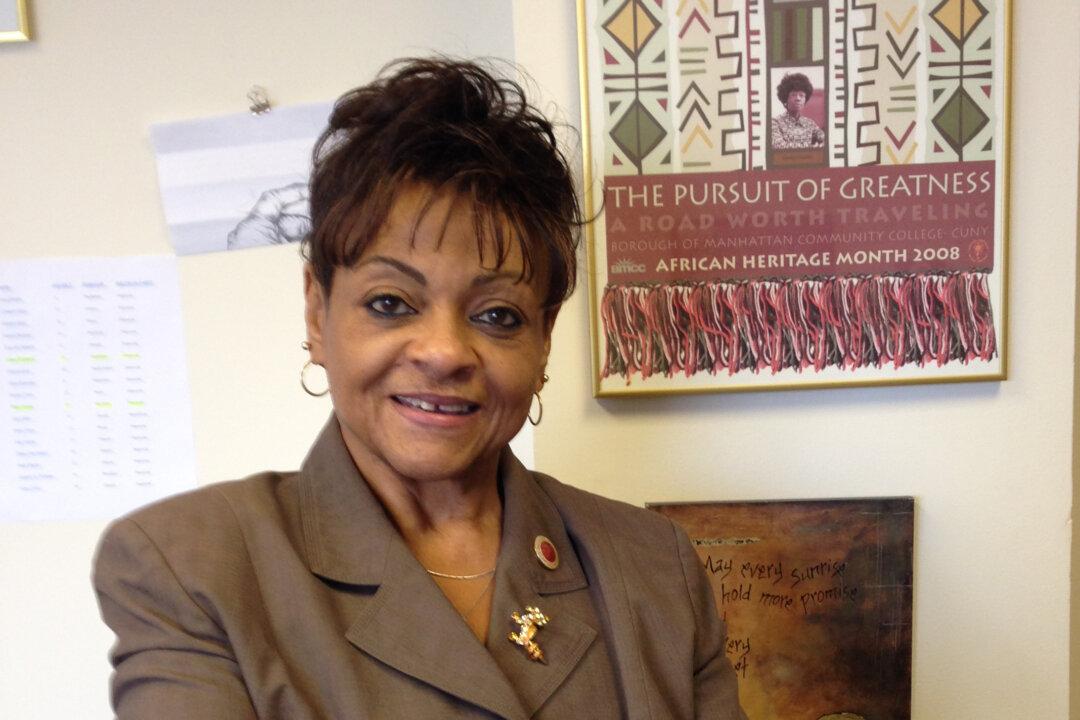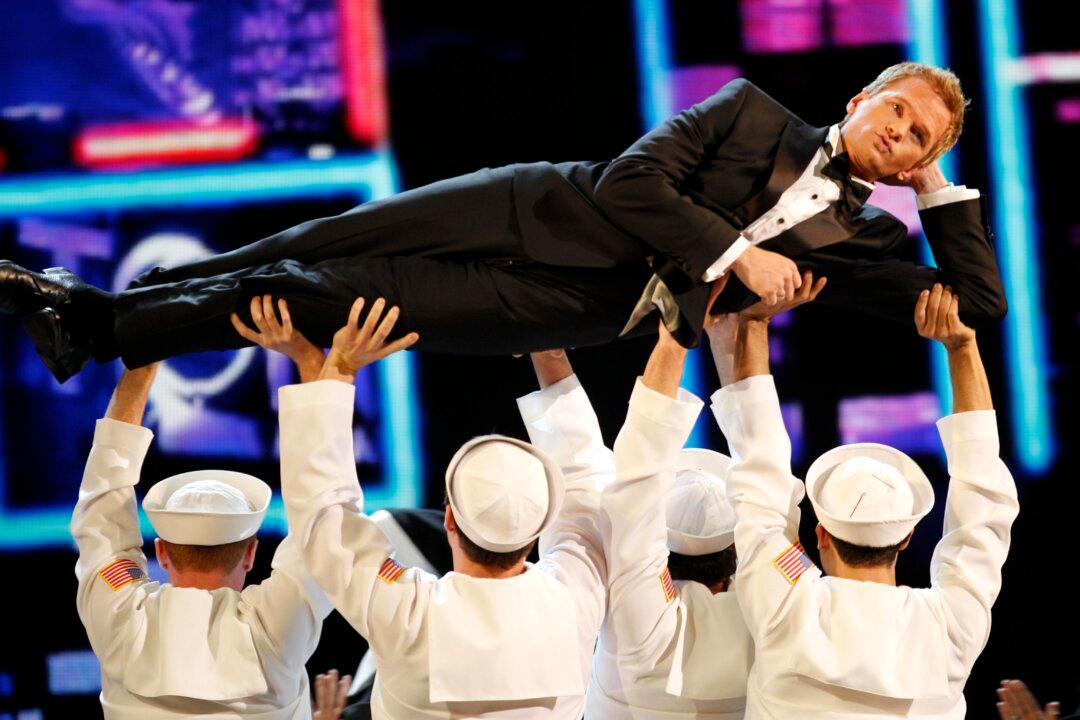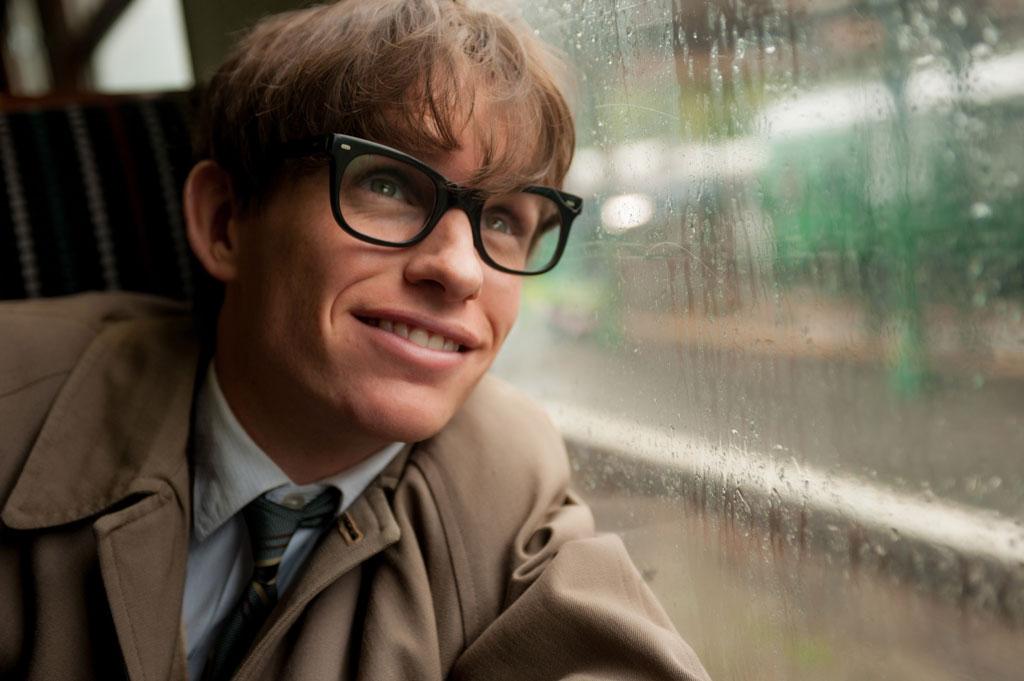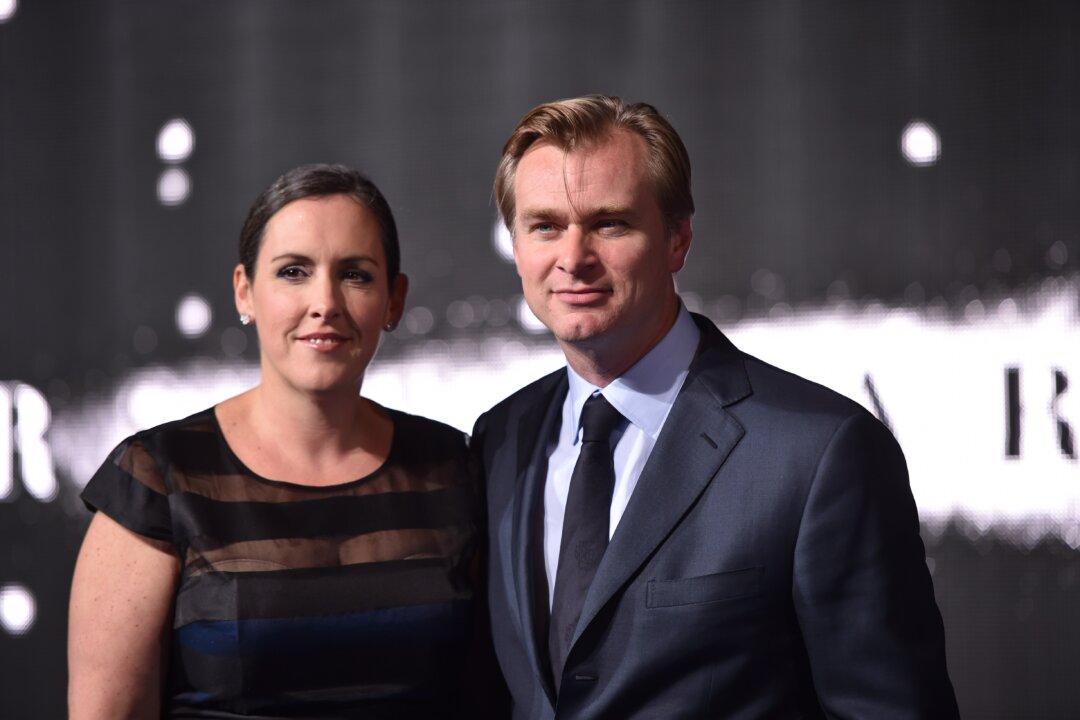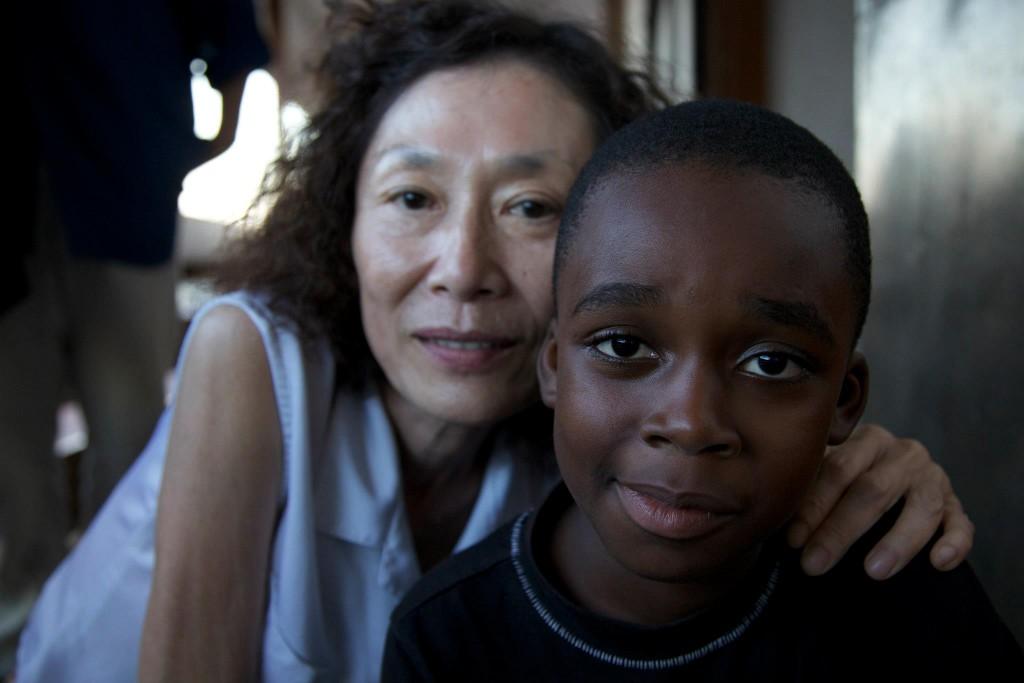NEW YORK—Council member Inez Dickens has been the representative for District 9 in Harlem since 2006. Her district includes Central Harlem, Morningside Heights, parts of the Upper West Side, and part of East Harlem.
What was your biggest achievement in 2013?
Dickens has a few things in the community she feels strongly about that she worked on. First, she secured rent-free space for an organization called Harlem Mother Saves comprised of parents who work with families of youth killed in violence.
“New York is not the only one suffering from severe youth violence,” Dickens said.
Now she meets with developers to make sure that there’s enough room for all the services that the organization provides like private counseling, psychological services, a meeting room, a small private office, and kitchen. She asked three other states to start a similar program.
“I’m very proud of that, and the community was very pleased with that,” she said.
She also fought hard to provide funding for Minisink House, a facility for youth programs. She also worked on the law to allow Minority and Women-Owned Business Enterprises Program to expand.
Dickens also secured capital funds to repair the roof for the Mural Pavilion, a building of the Harlem Hospital that was destroyed by Superstorm Sandy. Dickens then secured around $1.2 million for other healthcare facilities, and cares about the health of her community.
“I have to fight for seven of my senior centers that they were discussing closing down,” she said.
What will you be focusing on this year?
For Dickens, childhood obesity is an important issue because she experienced obesity as a child. The problem has become an epidemic that is affecting minority children. Children were frequently misdiagnosed, because they had symptoms similar to kids who suffer from lack of sleep, ADD, and lack of healthy food at home. Kids with diabetes, however, also display irrational behavior, lack of attention, and tiredness.
“They’re not problematic children, but there’s an actual underlying problem that prevents them from learning properly, staying awake, and being a part and participating in the educational system,” she said.
Dickens also funded a program through Harlem Children’s Zone that teaches parents how to prepare healthier meals.
She will also work on affordable housing. Council member Charles Barron of District 42 noted in Dec. 2013 that Dickens’ district created more affordable housing than any other district. Dickens said that the issue is complex since affordability varies even within a district.
“What’s affordable in Strivers’ Row in Harlem is not affordable at 120th Street and Lenox Avenue,” she said.
Another focus of hers is youth violence. Dickens considers young people are an important focus as they are the “future of our country.”
What are some of the issues your constituents are concerned about?
“Not just my district, but all the districts throughout New York,” she said, worry about affordable housing.
Subsidies were set aside for the citywide affordable home ownership program which the constituents want to see in action. Youth violence is also on their minds. Sometimes, council member Dickens has to write up checks for funeral services of youth killed in violence as their families don’t have insurance money for a proper funeral.
Dickens is also working on providing her constituents with job opportunities. “No matter how affordable the house is, they can’t afford it if there’s no job,” she said.
If you had a coat of arms, what would it be, and why?
In the center of her Coat of Arms, Council member Dickens would depict a cross. “I would probably put the cross in gold, to represent spiritual purity,” she said.
Behind the cross, to the side she would have a shield which would represent protection of her community, where she has grown up her whole life, and where her family owns a small business.
“I would put that in purple to represent loyalty,” she said.
On the shield she would have the Black Lady of Justice to represent fairness, justice, and objectivity. “I would like her to be draped in the woven, multi-colored African Kente Cloth,” she said.
The cloth would be made of the colors of purple, green, red, gold, black, orange.
“Those colors represent the unity and the bringing together of a community, the bond that holds us together,” she said.
The Black Lady of Justice would hold books that represents the need for education.
“Without education you do not grow, and knowledge is power,” Dickens said. The books would be colored green and red, representing growth and fierceness.
Epoch Times is interviewing members of the 2014 New York City Council to find out what their biggest achievements were last year and what they hope to accomplish in this one. For a list of all council member articles in this project, click here.
